6 Telepresence Robots That Bring the Office to You
Dialing into the office network via VPN isn't exactly personal. Telepresence robots, however, are. These rolling devices with tablets for heads allow workers, medical professionals, teachers and students to participate in a working environment without being physically present. With a telepresence robot, a businessperson could walk the halls with a peer while discussing a proposal, or sick students could participate in the day's lessons as if they were sitting right in the classroom.
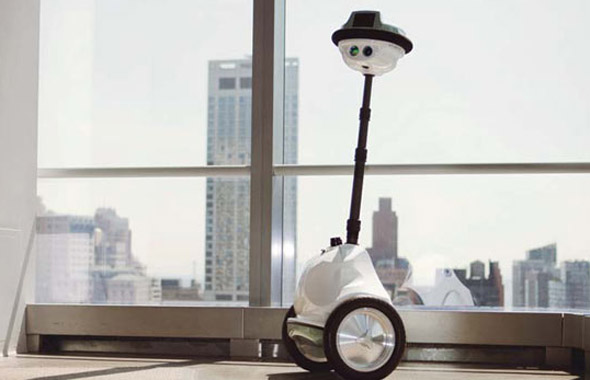
AnyBots QB Avatar ($9,700)
This robot has a built-in display that's smaller than the competition's, because AnyBots aims to make a small footprint with the QB Avatar (it takes up only as much space as a person and weighs 32 pounds). Users connect via Wi-Fi to a video-conferencing client using their system's webcam. The height is adjustable, from 2 feet, 8 inches to 6 feet, 2 inches, so remote users can interact with those sitting down or standing up. Although it's currently impossible for a telepresence robot to climb stairs, the QB Avatar can ascend and descend ADA-compliant ramps. This robot can also work in multiple professional environments multiple audiences, and AnyBots points out that personal users, as well as small and medium-sized businesses and enterprises, could benefit from the QB.
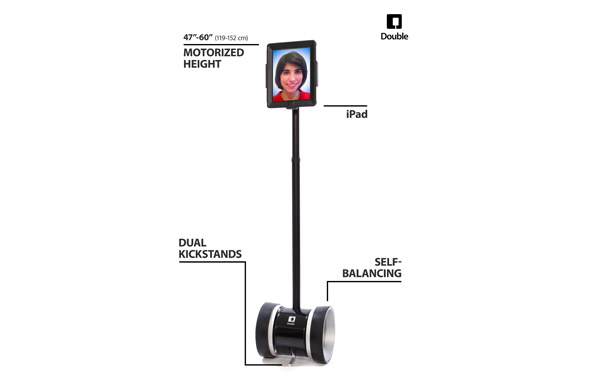
Double Robotics Double ($1,999)
Boasting a minimalist design and intuitive, touch-screen controls, the iPad-reliant Double is height-adjustable and has a retractable kickstand for conserving power when the robot needs to stay in one place in the office for a while. The 15-pound robot functions as soon as its user inserts an iPad and downloads an app; the user can then drive the Double from an iPad, iPhone, iPod touch or desktop Web browser. With the robot's all-day battery, users can be as efficient as if they were actually at their work sites. Double Robotics doesn't want to target a specific audience for its Double, noting that offices, school campuses and retail stores could all use it, as could manufacturing facilities, families and museums.
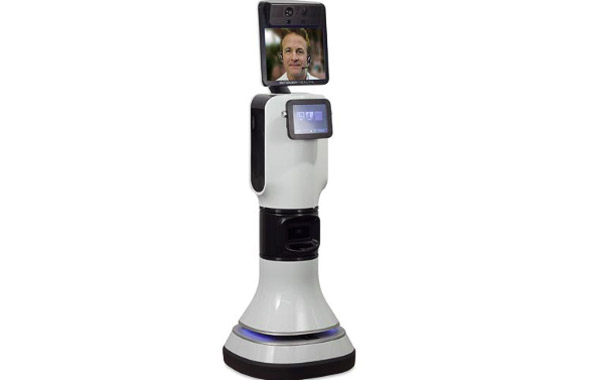
iRobot RP-VITA ($4,000 to $6,000 per month)
Created as a joint effort between iRobot and InTouch Health as a telemedicine robot, the RP-VITA has one primary goal: to enable off-site doctors to view and tend to their patients remotely. The robot has a rolling base, so it can travel anywhere, and users can drive to a specific location simply by touching that location on the interface. Controlled remotely by a ControlStation app (available for purchase separately), the RP-VITA is compatible with the iPad and iPad mini; however, the robot itself is powered by Windows 7. To interact with patients, remote doctors merely tap on the patient's image, which displays vitals on the screen. The price tag is certainly steep, but that also covers 24/7 technical support.
More: 7 Tech Predictions for 2013
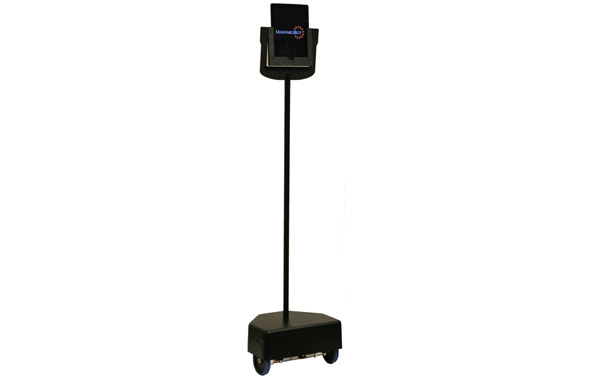
MantaroBot TeleMe ($1,650)
Although this robot looks to be pretty bare bones, it offers similar functionality to its competition. Users can attach their own Apple or Android tablets (the iPhone 4/4S even works) to the TeleMe, and then connect with coworkers via Skype or any video-conferencing app. Remote users must have a Windows PC and Internet connection to operate the robot. A built-in microphone, speaker, display and camera enable users to enjoy an in-office experience, while an embedded computer controls the robot's movements. Users can tilt the tablet left or right to view different parts of a room. Designed specifically for remote office-workers, the TeleMe is ideal for viewing live meetings and assisting coworkers, but MantaroBot has actually sold more units to the education sector than any other sector.
More: 7 Worst Battery Life-Guzzling Gadgets
Stay in the know with Laptop Mag
Get our in-depth reviews, helpful tips, great deals, and the biggest news stories delivered to your inbox.
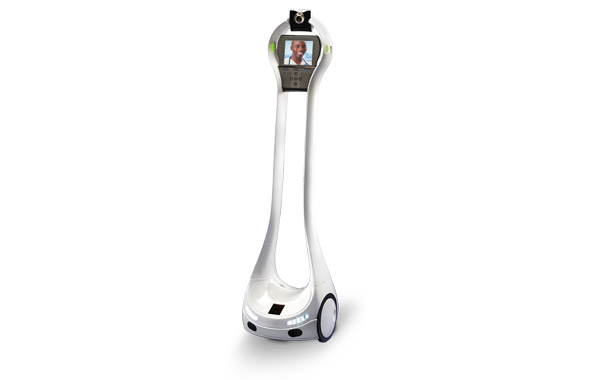
VGO Communications VGO ($5,995 plus an annual service contract)
Remote users connect to this robot via a Mac or PC software app, then control the avatar via a remote control. Up to 20 people can download the accompanying app that's used to communicate with and pilot the VGo, but only one person can use the robot at any one time. Employing a 6-inch LCD, a camera, microphones and a video display, the 4-foot-tall VGo works well when interacting with both standing and sitting individuals. It also works wherever there's Wi-Fi or Verizon 4G LTE. Even better, VGO Communications claims the battery-powered VGo can last up to a full day on a single charge. The company designed its VGo for the healthcare and education industries, specifically pinpointing patient monitoring, off-site studying and remote visiting.
More: Keep Dreaming: 13 Technologies You Won't See in 2013
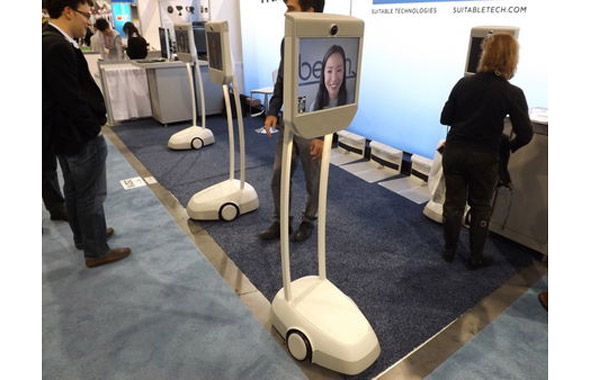
Suitable Technologies Beam ($16,000 plus $4,000 install fee)
With a 17-inch screen and 5’2” frame, Beam features a human-sized face on its display and is roughly the height of a human being, making the device seem more lifelike. Two wide-angle HD cameras (one facing straight and one facing slightly downward) and a six-microphone array (with noise reduction and echo cancellation) help to make the remote user really feel like they’re at the office. The Beam Client lets Mac and Windows users connect with the device, controlling the audio and driving interface. Although Suitable Technologies doesn’t want to associate Beam with robots (“Beam is a business tool for being remotely present and for communication,” not autonomous, according to company founder Scott Hassan), this telepresence tool is similar to the others on this list and recently gained some attention at this year’s South by Southwest conference.
